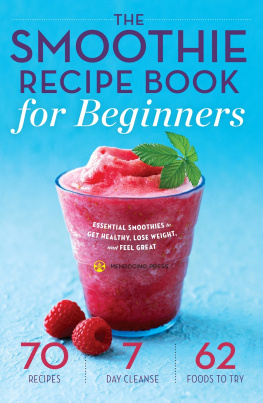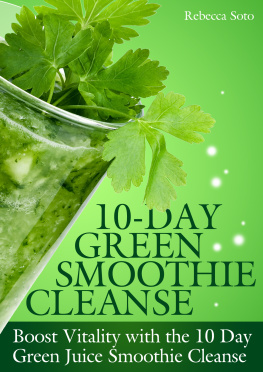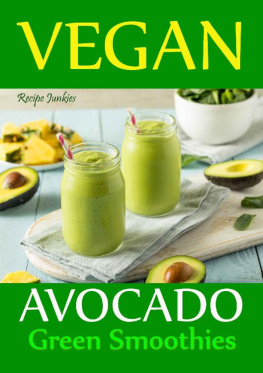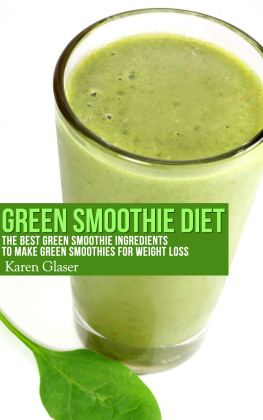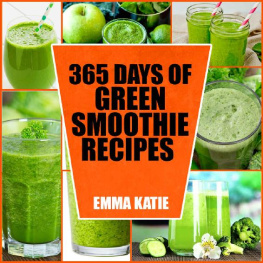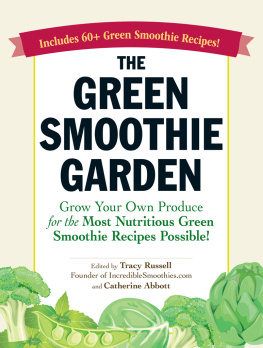
Copyright 2013 by Mendocino Press, Berkeley, California
No part of this publication may be reproduced, stored in a retrieval system or transmitted in any form or by any means, electronic, mechanical, photocopying, recording, scanning or otherwise, except as permitted under Section 107 or 108 of the 1976 United States Copyright Act, without the prior written permission of the publisher. Requests to the publisher for permission should be addressed to the Permissions Department, Mendocino Press, 918 Parker St., Suite A-12, Berkeley, CA 94710.
Limit of Liability/Disclaimer of Warranty: The publisher and the author make no representations or warranties with respect to the accuracy or completeness of the contents of this work and specifically disclaim all warranties, including without limitation warranties of fitness for a particular purpose. No warranty may be created or extended by sales or promotional materials. The advice and strategies contained herein may not be suitable for every situation. This work is sold with the understanding that the publisher is not engaged in rendering medical, legal or other professional advice or services.
If professional assistance is required, the services of a competent professional person should be sought. Neither the publisher nor the author shall be liable for damages arising herefrom. The fact that an individual, organization or website is referred to in this work as a citation and/or potential source of further information does not mean that the author or the publisher endorses the information the individual, organization or website may provide or recommendations they/it may make. Further, readers should be aware that websites listed in this work may have changed or disappeared between when this work was written and when it is read.
For general information on our other products and services or to obtain technical support, please contact our Customer Care Department within the United States at (866) 744-2665, or outside the United States at (510) 253-0500.
Mendocino Press publishes its books in a variety of electronic and print formats. Some content that appears in print may not be available in electronic books, and vice versa.
TRADEMARKS: Mendocino Press and the Mendocino Press logo are trademarks or registered trademarks of Callisto Media, Inc., and/or its affiliates, in the United States and other countries, and may not be used without written permission. All other trademarks are the property of their respective owners. Mendocino Press is not associated with any product or vendor mentioned in this book.
ISBN: Print 978-1-62315-297-0 | eBook 978-1-62315-298-7
Introduction
Y our overall well-being depends greatly on what you eat, and of all foods, fruits and vegetables are among the healthiest. Eating enough of them every day can be a challenge, though.
Thats where green smoothies come in. Quick and easy to make with just a few simple tools, these smoothies contain several servings of fruits and vegetables apiece, making it much easier to ensure you are getting the nutrition you need.
The Green Smoothie Recipe Book contains all the information you need to start making green smoothies, from which tools you will need, to tips for making the process quick and convenient, to easy methods for preparing and storing a wide variety of fruits and vegetables. You will also discover easy methods for adding superfoods to the smoothies you make, plus youll find plenty of ideas for making recipes more exciting with simple spices.
In this book, youll also find practical information on the importance of fruits and vegetables in the daily diet. You will learn why it is important to eat a wide variety of plant-based foods, and you will discover how consuming them can benefit your overall health and even improve your appearance.
With over a hundred recipes to follow, including smoothies for beginners, low-fat and low-sugar options, and even nutritious, kid-friendly smoothies that will please the pickiest palates, this informative guide is fun and easy to use.


PART ONE
Green Smoothie Mania


CHAPTER ONE
Green Smoothie Basics
Its not at all surprising that green smoothies have become so popular. Busy lifestyles demand quick, filling foods that are easy to consume on the go. But most fast-food contributes to obesity, high blood pressure, and other health woes. Current dietary guidelines published by the U.S. government emphasize three major nutritional goals for everyone:
1. Balance calorie intake and physical activity to better manage weight.
2. Increase consumption of whole, healthy foods, especially fruits and vegetables.
3. Consume fewer processed foods, such as those that contain refined grains, added sugars, cholesterol, trans fats, saturated fats, and sodium.
Not surprisingly, adding green smoothies to your daily diet can help you to meet these goals while making sure you dont go hungry. Sometimes its not practical to eat a bowl of fruits and vegetables, but replacing unhealthy snacks and fast-food meals with green smoothies is an easy way to ensure that you are getting at least the minimumif not moreof the natural foods that are best for your body.
WHAT ARE GREEN SMOOTHIES?
Green smoothies are usually blended combinations of various fruits and vegetables, although some low-sugar recipes contain no fruit at all. All green smoothies contain leafy green vegetables, such as kale or spinach, though its often impossible to taste the greens beneath the flavors of the fruits, nut butters, and other deliciousand healthyingredients that can be added.
Any vegetable or fruit can be incorporated into a green smoothie recipe; whether you enjoy tropical tastes from such fruits as pineapples and papayas or you prefer savory flavors such as spicy jalapeos, ripe tomatoes, and bell peppers, youll find plenty of opportunities to satisfy your cravings with healthy, homemade smoothies.
Unlike some commercially available drinks that are green in color, green smoothies have no artificial colors. And as long as you use all natural ingredients, they have no artificial flavors, either. Herbs such as mint, cilantro, parsley, and basil intensify the smoothies flavors and colors, and almond or coconut milk, yogurt, or even green tea can be added to enhance both taste and nutritional value.
SMOOTHIES VERSUS JUICE
While fresh juices are made with many of the same ingredients, smoothies contain more dietary fiber. Plus, they can be made with foods that are difficult to incorporate into juices, including avocados, bananas, nuts, and more.
Because fruit juices contain less fiber, they are typically much higher on the glycemic index than smoothies are. The glycemic index is a ranking of carbohydrates according to how much they raise your blood sugar levels after youve eaten them. Foods with a high glycemic index are absorbed more rapidly by the body, but also lead to a crash when their energy is quickly used up. Foods with a low glycemic index, such as green smoothies, provide a steadier, longer-lasting energy supply. In addition, the fiber in smoothies helps promote a feeling of fullness that juices dont provide. While fresh homemade juices do offer excellent nutrition, they are not normally as satisfying as green smoothies.
Next page




